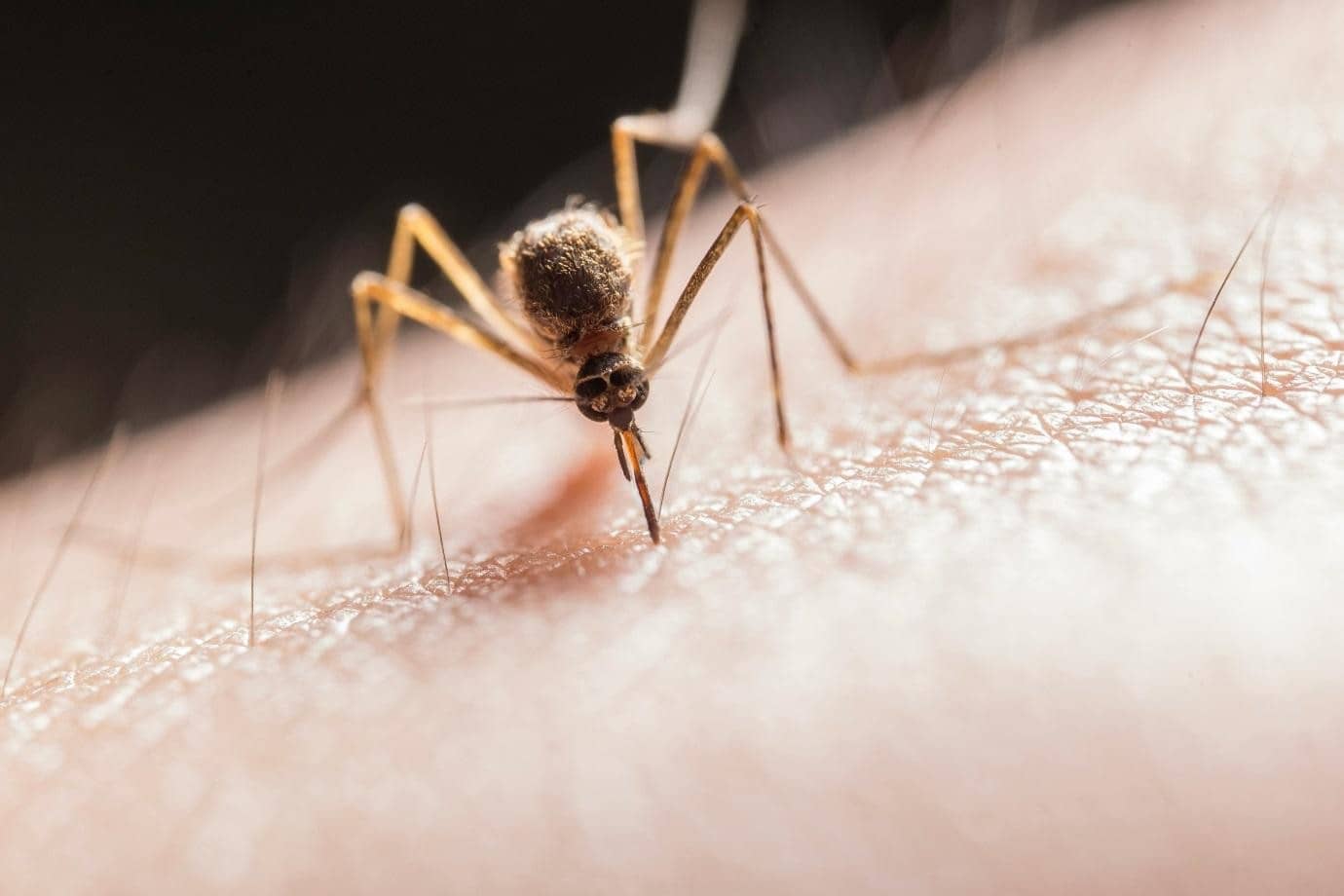A new tick species, Haemaphysalis longicornis is fast becoming a threat to both humans and animals in the U.S. According to twin reports issued in November 2018. Nicknamed the Asian longhorned tick, it is capable of transmitting deadly diseases and therefore a big concern for both animal and human health.
The deadly tick is said to have originated from the Korean Peninsula, Russian Far East, Japan and China but has now entered the U.S, New Zealand, and Australia. It is the first tick of its kind to reach America in the last 80 years.
The species was first discovered in western New Jersey on a pet Icelandic sheep that was 12 years old at the time (2017). Since then it has been found on people, wildlife, livestock and pets in several locations of the US including West Virginia, Maryland, Arkansas, Virginia, Pennsylvania, North Carolina, New York and Connecticut.
Although public health officials are concerned about the deadly Asian longhorned tick, there are still no documented cases of it spreading pathogens to animals or humans in the U.S by the Center for Disease Control and Prevention.
Research in other parts of the world including New Zealand and Australia has found the tick to be a chief livestock pest. Animals and people have got seriously ill after being bitten by the tick. And dairy cattle have even been found to drop their milk production by up to 25 percent following its bite.
What worries health officials most is that the tick could adapt into a vector for tick bone diseases like the life-threatening Heartland virus already in the U.S. In South Korea there have been 36 cases of a newfound virus the tick carries. The main symptom victims showed was hemorrhagic fever and up to 30 percent (17) of the victims died.
Unlike most tick species, one female of Haemaphysalis longicornis can carry up to 2,000 eggs at any one time and therefore produce hundreds if not thousands of ticks in the environment, on a person or animal.
According to the CDC there was almost three times more cases of tick, mosquito and flea-bites related illnesses in the U. S from 2004 to 2016. This can be blamed on climate change and rising temperatures that make the environment friendlier and increase the active season of these pathogens-spreading pests.
A statement by Lyle Peterson of CDC’s Division of Vector Born Diseases confirmed that the new tick is capable of spreading diseases in massive numbers. “We’re still not sure of what diseases the tick will spread here and the damage it will cause. But we’re trying to figure this out speedily.”
Meanwhile, officials have started to raise awareness among veterinarians, health-care professionals and public health officials about the potential threat from this new tick. There is a published companion paper in the American Journal of Tropical Medicine and Hygiene by Petersen and his colleagues at CDC. This adds to the report by CDC and points out significant gaps in the potential of public health systems to tackle possible diseases from the tick.




